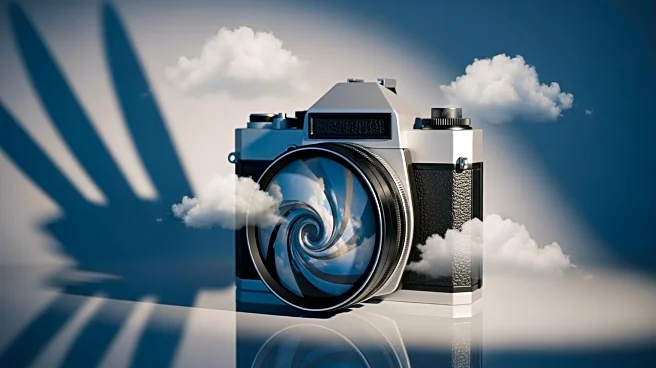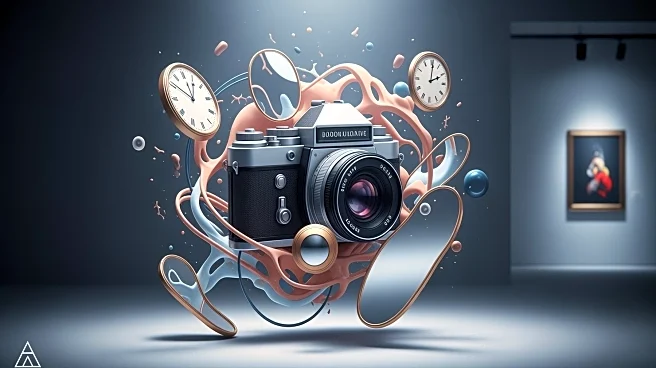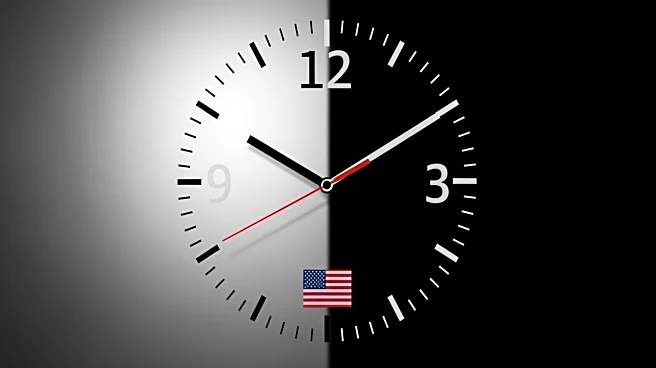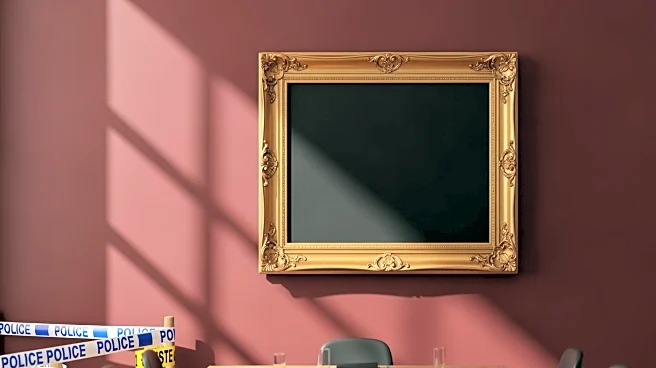What's Happening?
Throckmorton Fine Art Inc. in New York is hosting an exhibition titled 'Surrealism: Over a Century Merging the Realms of Dreams and Reality,' curated by art historian Maria Míllan. The exhibition marks
the centenary of Surrealism, a movement that began with Guillaume Apollinaire's coining of the term in 1917 and was further popularized by André Breton's Surrealist Manifesto in 1924. The exhibition features works by renowned photographers who embraced Surrealism, such as Imogen Cunningham, Henri Cartier-Bresson, Philippe Halsman, and Lola Álvarez Bravo. These artists used photography to explore themes of dreams, the unconscious, and the juxtaposition of reality and the surreal, influenced by Freudian theories and movements like Dada and Modernism.
Why It's Important?
The exhibition highlights the enduring influence of Surrealism on photography and its role in challenging perceptions of reality. By showcasing the works of pioneering photographers, Throckmorton Fine Art underscores the movement's impact on artistic expression and its ability to offer an escape from the harsh realities of the time, such as those experienced during World War I. The exhibition serves as a reminder of the power of art to explore the subconscious and push the boundaries of conventional thought, continuing to inspire contemporary artists and audiences.
What's Next?
The exhibition is open to the public until November 29, 2025, providing an opportunity for art enthusiasts and scholars to engage with the works and explore the themes of Surrealism. As the centenary celebration continues, it may spark renewed interest in Surrealist art and photography, potentially influencing future exhibitions and academic research on the movement's legacy.
Beyond the Headlines
Surrealism's exploration of the subconscious and dreams has ethical and psychological implications, encouraging viewers to reflect on their own perceptions of reality and the influence of the unconscious mind. The movement's emphasis on breaking free from traditional artistic constraints may inspire new generations of artists to challenge societal norms and explore innovative forms of expression.











